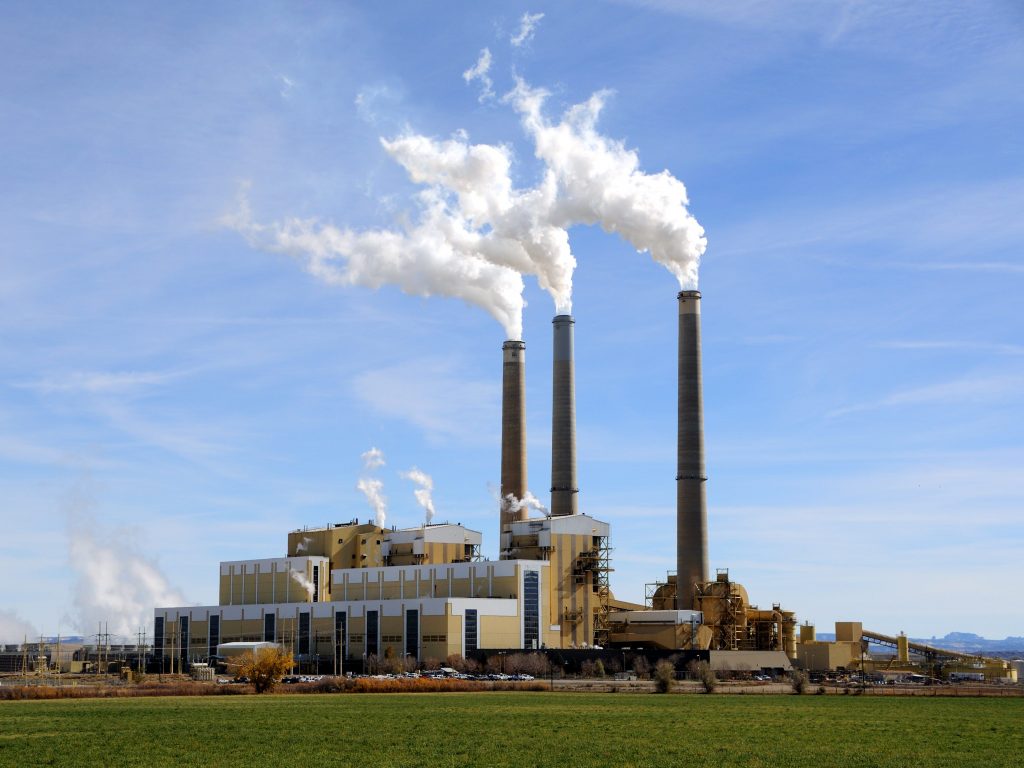- The US can still achieve President Biden's climate goals despite the SCOTUS ruling, analysts say.
- New EPA rules curbing power plant pollution must be paired with faster federal and state action.
- Emerging technology like carbon capture and storage and hydrogen fuels will likely play a role.
This article is part of Insider's weekly newsletter on sustainability, written by Catherine Boudreau, senior sustainability reporter.
President Joe Biden made a key climate promise on the campaign trail: He would put the US on a path to cut its greenhouse-gas emissions in half by 2030.
That goal is still achievable despite the Supreme Court's big climate ruling, analysts say. It will just be a rockier and more expensive ride.
The court's decision means that the Environmental Protection Agency can't set statewide limits on power-plant emissions to create a de facto cap-and-trade market and, in so doing, nudge the transition toward renewable energy. Instead, the agency will have to cut pollution plant by plant, likely by instructing each one on the best technologies to use.
Letting the market dictate solutions would have been more efficient and less costly, said Dave Doniger, the senior strategic director for climate and energy at the Natural Resources Defense Council, an environmental group. Now, the EPA will have to examine technology for capturing and storing carbon, switching to cleaner fuels like hydrogen and making energy-efficiency upgrades.
"The approach that's left under the Clean Air Act will be less flexible for companies and could have the unintended effect of making controlling emissions more expensive than it needed to be," Doniger, who led air-pollution policy at the EPA during the Clinton administration, said during a press conference last week.
Hydrogen and carbon capture and storage, like all climate solutions, aren't moonshots. They are expensive to scale up and critics worry both technologies will end up as false promises that pave the way for more fossil-fuel infrastructure. The high cost is one reason why carbon capture and storage has failed to take off, with only 27 systems operating commercially around the globe; only two of them are at power plants in North America. But more than 100 are in the works globally, and a panel of international climate scientists have said the technology is key to keeping global warming under control.
Any new EPA rule for power plants will have to be paired with accelerated federal and state actions this year, as well as new laws by Congress, for Biden to keep his climate promise, according to a team of researchers at the Rhodium Group.
"If any front fails to act, it will be increasingly difficult to see a reasonable path to the 2030 climate target," the group wrote.
The EPA is moving forward with stricter limits on pollution from tailpipes and oil and gas infrastructure, but a $300 billion package of clean-energy tax credits is still stalled in Congress.
State public-utility commissions that regulate the power sector now have a more important role to play because the high court's decision will be a lifeline to utilities that aren't planning to retire their coal assets any time soon, said Matt Kasper, the deputy director at the Energy and Policy Institute, a watchdog group that exposes attacks on renewable energy.
"Commissions have to regulate rates in the public interest, and we're seeing that renewables are the cheapest option," Kasper said. "They have the power to rapidly get companies off fossil fuels."
Insider is seeking nominations for its first Climate Action 30 list, which identifies the top 30 global leaders working toward climate solutions.
Tell us about someone who you believe is doing some of the most impactful or promising work to tackle the global climate crisis:
